There’s a lot to be angry about these days – politics on Facebook, traffic jams, heated family gatherings,
dropping your free taco and it shattering to bits on the rocky ground and never to be eaten. The list is
endless. What do you do with your anger? How does it come out? Or does it come out at all? What’s
healthy and not healthy in all of this? Below are some myths – and the correlated truths – about seeing
red.
MYTH: Being angry is wrong.
Truth: Anger is an emotion just like anything else. It’s okay to experience emotions, even ones that
might seem scary, like anger. What’s most important with anger is how it’s expressed and processed.
Action: Take notice of what makes you angry and how you react to it.
MYTH: The best way to “let out” anger is by being physical – hitting or smashing something or even
letting out a good scream.
Truth: Processing your anger doesn’t have to be physical, and sometimes it’s even unhelpful. The
physical part helps to release that immediate adrenaline rush, sure, but it doesn’t get to the meat of the
anger and can even potentially build a pattern of immediately reacting every single time you get angry.
Action: Brainstorm ways you can process anger without getting physical – can you talk to someone?
Write it out? Meditate?
MYTH: When I get angry, I’m mad at what just happened and that’s it.
Truth: Anger is a secondary emotion, which means it’s your body’s knee-jerk reaction to something
deeper, like feelings of fear or pain or vulnerability. Even being angry at something like being stuck in
traffic has an underlying emotion. Maybe there’s fear that you won’t make it home in time for
something important or you’re feeling raw after a rough day at work and just want something
comforting at home.
Action: The next time you get angry, take a minute to go through your day or remember what you were
just thinking about. This will give you some insight into where your anger might be coming from.
MYTH: Being angry isn’t helpful and solves nothing.
Truth: Because anger is a secondary emotion, it also acts as a protective factor. Take, for example, this
analogy of a snake:
Once upon a time, there was a snake in a deli mart parking lot. Every evening, a group of
kids would hang out in the lot and antagonize the snake. It started out as making fun of
its stripes and nudging its tail, but soon the kids started throwing rocks at the snake and
poking it with sticks. The deli owner began hearing reports of kids being bitten by the
Angry Is Okay – The Myths and Truths About Anger
snake, and decided to try and reason with it. He asked the snake if it was biting people,
and when the snake said yes, the deli owner asked it to not bite the kids anymore. Being
a reasonable snake, it agreed. The deli owner didn’t hear anything about snake bites for
the next week. One evening, though, he saw the snake lying still on the ground. It
looked cut and bruised. The deli owner took the snake to the vet and asked why it didn’t
protect itself. The snake’s response? You asked me not to bite the kids.
The snake’s natural reaction to being hurt was to react in anger and bite the kids. Once it could no
longer bite, but also had no other way of protecting itself, it got badly hurt. Anger can protect you from
hurt and act as a signal that something within you is under attack. For example, you and a couple other
friends are invited to a party, and when you get there, you find out everyone else has been there for
hours without you, and you get angry. You were left out, ostracized. If you react out of anger, you don’t
have to feel that pain of vulnerability.
Action: Think about the last time you lashed out in anger – what sort of hurt or pain do you think was
being protected in that situation? What other ways could you have reacted?
MYTH: Anger just happens and there’s no way of telling it’s coming until you snap.
Truth: Your body gives you warning signs to tell you that you’re getting angry. Maybe your heart rate
increases, or your fists start to clench, or your face gets hot. By training yourself to pay attention to
these cues, you can pause and process what’s making you feel angry before you reach your boiling
point.
Action: The next time you feel just a little frustrated, freeze and see what your body is doing. Do you
notice tension in your face? A rapid heartbeat? Something else entirely? These could be your warning
signs, ones you’ll want to start paying attention to.
Whether it’s traffic or a taco, you can practice these truths every day to get a better understanding of
anger’s role in your life and how you can process it in a healthy way.nded to diagnose, treat, or cure any physical or mental illness. If you are struggling, please contact your healthcare provider, the National Suicide Prevention Hotline at 1-800-273-8255, or Stepping Stone Community Services at 330-577-4099.



